The Great Barrier Reef loses its vibrant colors while the Amazon Rainforest shrinks daily. Ancient glaciers retreat rapidly, and island nations prepare for rising seas.
We’ve identified fifteen stunning locations globally that stand at a critical turning point. Some might transform beyond recognition in just a few decades. Others battle immediate threats that could erase them from our maps entirely.
This isn’t about tourism – it’s about witnessing and understanding what we risk losing forever. Each destination tells a unique story of our changing world. From endangered wildlife sanctuaries to ancient cultural sites, these places need our attention now more than ever.
#1. Olympia, Greece

Ancient stones hold memories of the first Olympic champions from 776 BC. Summer wildfires increasingly threaten this cradle of athletic competition. The archaeological site faces growing challenges from climate change. Dry seasons stretch longer each year, bringing dangerous fire conditions.
Local firefighters work tirelessly to protect these irreplaceable ruins. Historical treasures could vanish if current climate trends continue. The sacred grounds once hosted thousands of ancient athletes. Today, tourists walk among columns that have witnessed centuries of human achievement. Rising temperatures pose unprecedented risks to the site’s survival. The original Olympic stadium still shows traces of ancient foot races. Preservation efforts focus on protecting artifacts from environmental damage.
Nearby forests provide little protection against spreading flames. The combination of heat and drought creates dangerous conditions. Archaeological teams document everything they can before potential destruction. Time might be running out for this symbol of human unity through sport.
#2. Glacier National Park, Montana, USA

Majestic ice formations that shaped these valleys are vanishing quickly. A century ago, 150 massive glaciers dominated the landscape. Now only 25 remain, struggling to survive in warming temperatures. The park’s name might soon become a historical reference. Hiking trails wind through meadows where glaciers once stood. Native wildlife adapts to changing habitats as ice retreats.
Scientists predict remaining glaciers could disappear within 15 years. Crystal-clear lakes reflect mountains that lose their snow earlier each season. The ecosystem changes rapidly as temperatures climb higher. Local communities witness their landscape transform dramatically. Summer visitors find less ice each passing year.
The park’s beauty endures but transforms into something different. Alpine meadows bloom earlier, disrupting natural cycles. Bears and mountain goats search for vanishing snow patches. Rangers educate visitors about visible climate change effects. These changes remind us how quickly our world can transform.
#3. Galápagos Islands, Ecuador
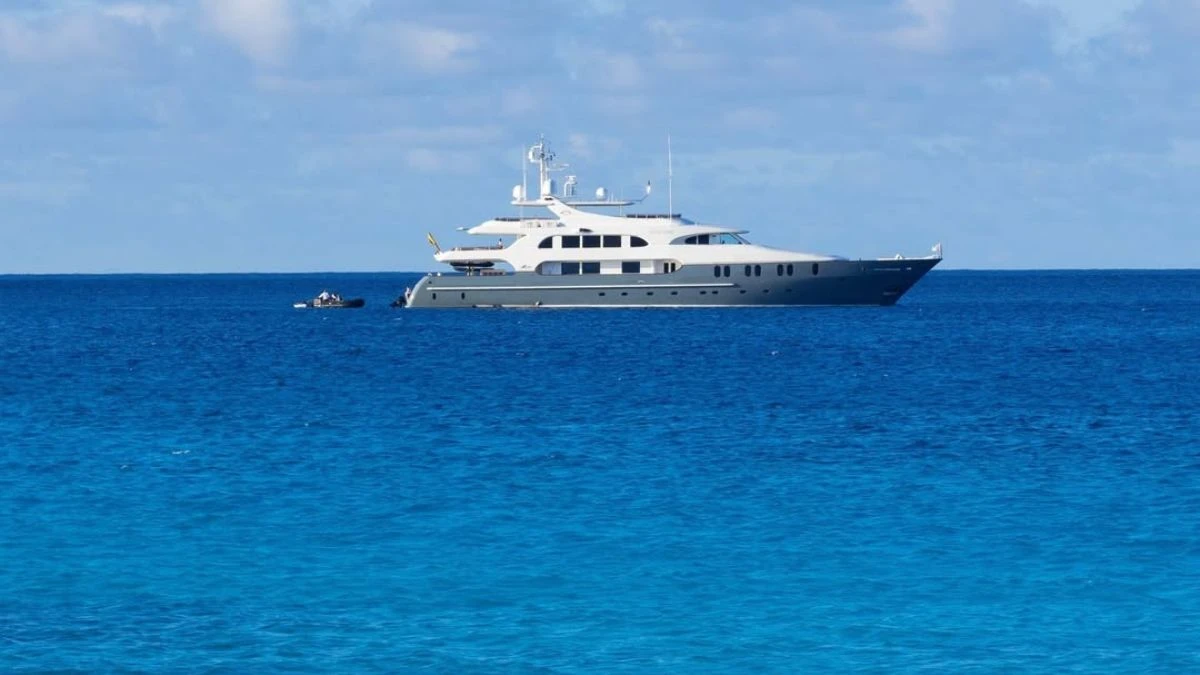
Nature’s laboratory shows signs of human impact everywhere now. Charles Darwin’s paradise faces new challenges from tourism growth. Four busy airports bring constant streams of visitors to these remote shores. Giant tortoises share their habitat with growing human settlements. The unique wildlife that inspired evolution theory adapts to modern pressures. Cruise ships anchor regularly near these once-isolated islands.
Marine iguanas bask on beaches while tourists snap photos. Local populations expand, requiring more infrastructure development. The delicate balance between tourism and conservation grows tenser. Rare species face competition from introduced plants and animals. Scientists worry about maintaining this natural treasure. Each year brings more changes to these remarkable islands. The flightless cormorant still fishes in coastal waters. Blue-footed boobies perform their mating dances for growing audiences. Conservation efforts try to balance human needs with wildlife protection.
#4. Congo Basin, Congo

Life flourishes in this ancient forest that helps our planet breathe. Half of Earth’s oxygen comes from these vital ecosystems. Gorillas roam through forests increasingly fragmented by human activity. Mining operations tear into lands once ruled by elephants and buffalo. The world’s second-largest rainforest faces multiple threats. Local communities depend on these forests for survival.
Illegal logging creates growing gaps in the forest canopy. Wildlife traders threaten rare species with extinction. Scientists race to document undiscovered plants and animals. By 2040, many species might disappear forever. The basin spans six countries, making protection complicated.
Swamps and savannas form a complex web of life. Traditional forest peoples watch their homes transform rapidly. Conservation groups work to protect critical habitats. The forest’s future hangs in balance between development and preservation. Each year of destruction claims more irreplaceable species.
#5. Amazon Rainforest, Brazil

Life buzzes in every corner of this vast green expanse. Plant and animal species thrive in numbers too large to count. The forest canopy stretches endlessly across an area holding one-third of our planet’s species. Recent decades have brought dramatic changes to this natural wonder. Logging trucks create new paths into untouched areas daily.
Indigenous tribes face increasing pressure from the modern world. Mining operations tear into lands that housed countless generations of wildlife. Agricultural expansion claims more territory each year. The forest loses ground at an alarming rate to human development. Scientists estimate that 40% of this natural treasure has vanished in recent decades.
Rare species struggle to adapt as their habitat shrinks. The “Earth’s Lungs” breathe a little less freely with each passing season. Local communities fight to protect their ancestral lands. Conservation efforts race against time to save remaining areas. The world watches as this irreplaceable ecosystem faces mounting challenges. Future generations might see only fragments of its former glory.
#6. hello_w0rldpicsVenice, Italy

Romance floats through ancient canals in this floating city of dreams. Each stone tells stories of a thousand years of history and culture. Water levels rise steadily against the aging foundations of historic buildings. Traditional gondolas share waterways with modern boats in increasingly crowded channels. The city sank about 120mm in just the twentieth century alone.
Local engineers work frantically to install innovative flood gates. Restaurants and shops adapt to frequent flooding in St. Mark’s Square. Salt water threatens priceless artwork and architecture daily. The struggle between preservation and tourism creates new challenges. Mobile flood barriers cost billions but might not save the city. Residents watch their beloved home transform with each passing year.
Art restorers race to protect centuries-old masterpieces from water damage. The mix of rising seas and sinking land spells trouble for this cultural treasure. Future visitors might need boats to explore former streets. Scientists predict dramatic changes within our lifetime. The city’s battle against water grows more urgent each season.
#7. The Sundarbans, India & Bangladesh

Hidden among twisted mangrove roots, rare tigers prowl these mysterious wetlands. Tree-climbing fish share space with unique creatures found nowhere else on Earth. Two nations share responsibility for protecting this natural wonder. Industrial pollution seeps into the delicate ecosystem daily. Local fishermen notice fewer fish in their traditional hunting grounds.
The world’s last mangrove-dwelling tigers face shrinking territory. Sewage from growing cities threatens the water quality. Timber harvesting removes critical habitat piece by piece. Conservation efforts struggle against economic pressures. The wilderness slowly gives way to human development. Salt water intrusion changes the landscape dramatically.
Wildlife adapts to shifting conditions or disappears forever. Scientists document new species as others vanish. The balance between human needs and nature grows more fragile. Traditional ways of life fade with the changing environment. Each season brings new challenges to this unique ecosystem.
#8. Salar de Uyuni, Bolivia
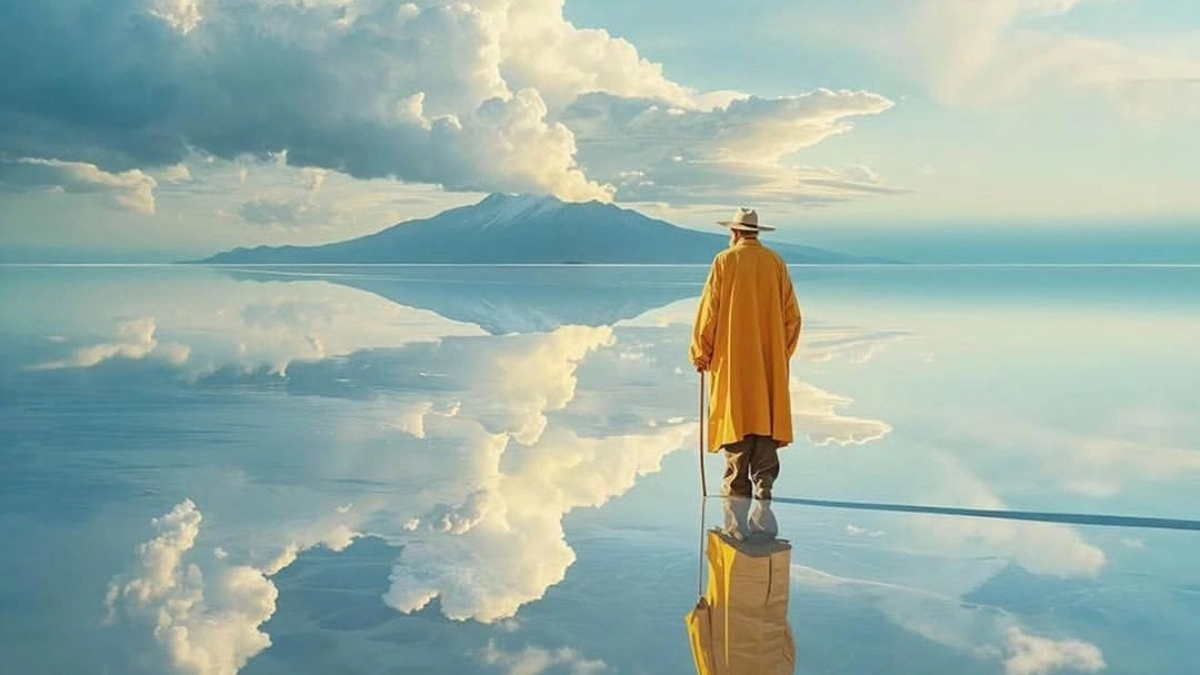
White salt stretches to the horizon in this otherworldly landscape. Photographers flock to capture surreal reflections in the world’s largest salt flat. Modern technology’s demand for lithium threatens this pristine environment. Mining operations expand their footprint across the ancient salt crust. Local communities balance tradition with economic opportunities.
The extraction of valuable minerals accelerates each year. Tourist numbers grow as people rush to see the untouched beauty. Sunset paints the white expanse in stunning colors daily. Natural processes formed this unique place over millions of years. The future holds uncertain changes for this geological wonder. Government projects tap into vast lithium reserves beneath the surface.
Phone batteries drive increasing demand for local resources. Traditional salt harvesting continues alongside modern mining. The contrast between preservation and development creates tension. Scientists monitor environmental impacts of increased activity. This remarkable landscape faces transformation in coming decades.
#9. Patagonian Ice Fields, Argentina
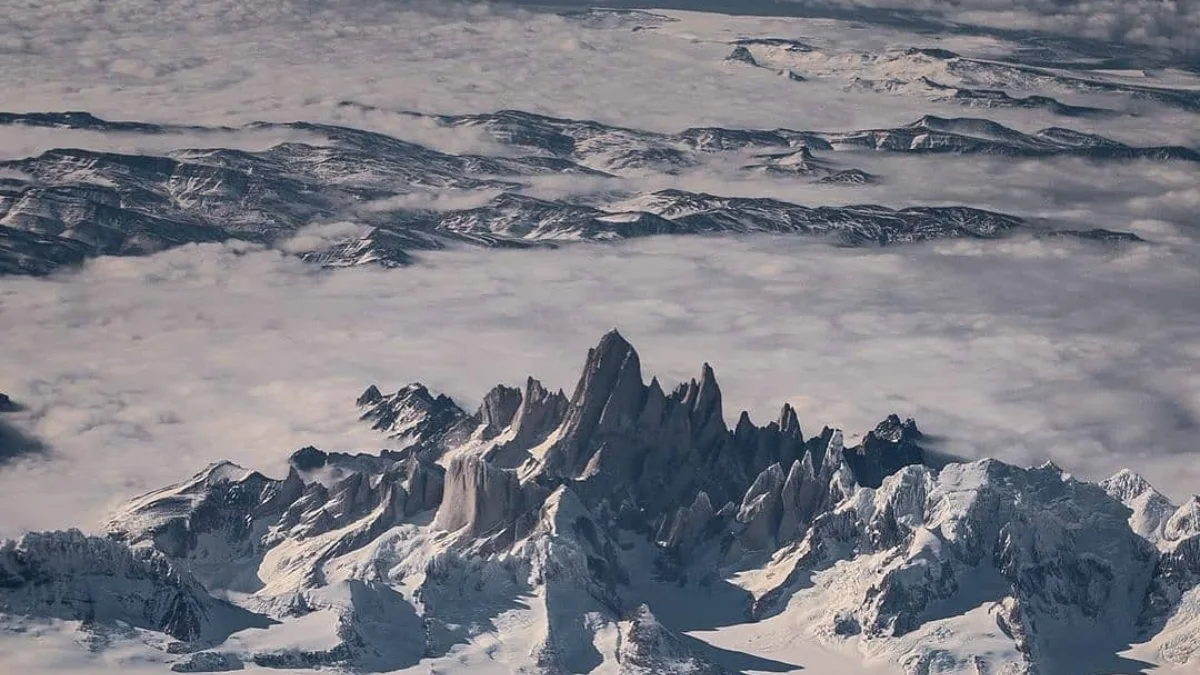
Massive walls of ice tower above crystal-clear lakes in South America’s crown jewel. Ancient glaciers retreat faster with each passing summer. Only three of these frozen giants still grow while others shrink rapidly. The sound of cracking ice echoes through remote valleys. Six feet of thickness vanishes yearly from these magnificent formations.
Tourists hurry to witness the spectacle before major changes occur. Local guides share stories of changes they’ve witnessed firsthand. Wildlife adjusts to shifting boundaries between ice and rock. The Perito Moreno Glacier stands as a rare exception to the melting trend. Scientists measure the retreat with increasing concern.
Mountain communities prepare for a future with less ice. The landscape transforms dramatically each decade. Climate change accelerates natural glacial cycles. Adventure seekers explore while they still can. These frozen wonders might look very different for future generations.
#10. The Snows of Kilimanjaro, Tanzania
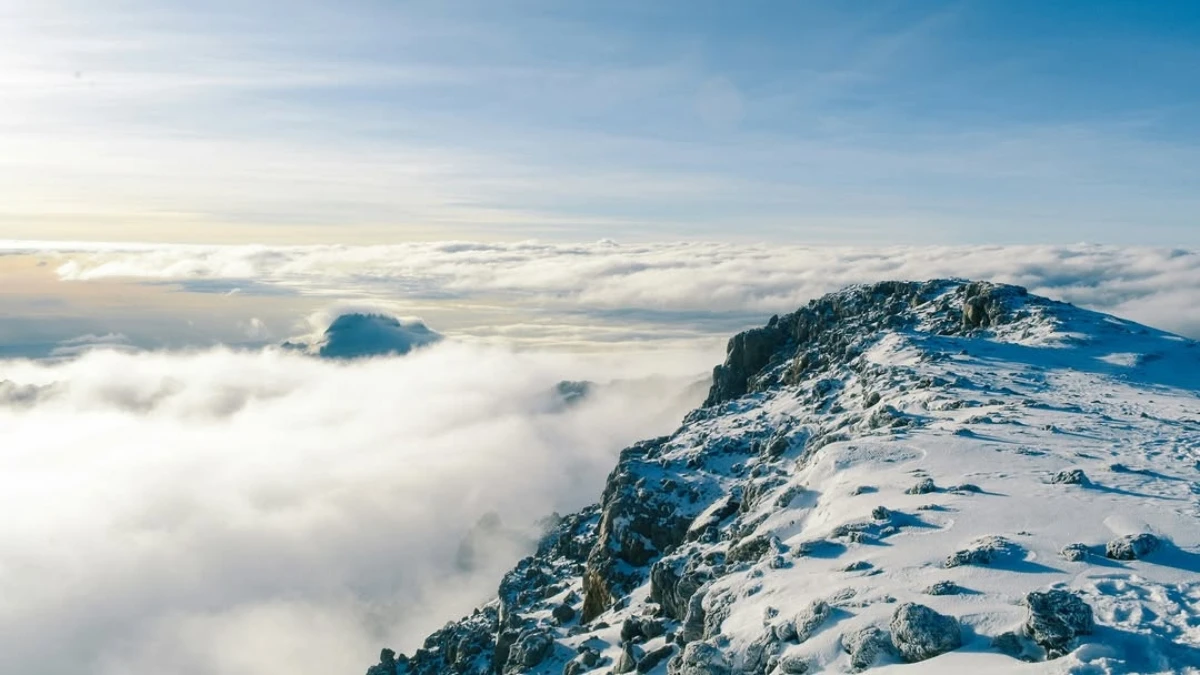
Majestic white peaks have crowned Africa’s tallest mountain for millennia. Literature lovers recognize this iconic summit from Hemingway’s famous story. Local guides share tales of dramatic changes they’ve witnessed over recent decades. The mountain stands as a stark reminder of our warming planet. Climbers find less snow and ice with each passing year. Since 1912, the legendary glaciers have shrunk dramatically.
The rate of ice loss accelerates as global temperatures rise. Traditional hiking routes change as the landscape transforms. Scientists monitor the remaining ice with growing concern. Tourism brings both economic benefits and environmental challenges. Local communities adapt to changes in weather patterns and water supply. The contrast between old photographs and current views tells a sobering story.
Wildlife moves to higher elevations seeking cooler temperatures. Mountain streams carry less meltwater each season. Adventure seekers hurry to experience the remaining snow fields. Researchers predict these ancient ice formations could vanish within twenty years. Future generations might know this peak only as a rocky summit. The mountain’s transformation symbolizes broader climate impacts across Africa. Each climbing season reveals more exposed rock where glaciers once gleamed.
#11. The Maldives

Paradise shows signs of slipping beneath the waves. Crystal waters lap ever closer to island communities. Rising sea levels threaten the world’s lowest-lying nation. Local residents adapt their lives to increasing flood risks. Luxury resorts race to develop innovative floating structures.
The UN warns these islands might vanish by century’s end. Traditional fishing villages face tough decisions about relocation. Marine life thrives in warm waters around threatened shores. Government officials explore options for protecting their homeland. Tourism brings economic benefits but environmental challenges. Beach erosion claims more coastline each monsoon season.
Engineers work to strengthen natural barriers against the sea. The combination of storm surges and rising tides worries locals. Island culture faces dramatic changes in coming decades. Future generations might need to find new homes elsewhere. The struggle between nature and human adaptation continues daily.
#12. Madagascan Rainforest

Unique creatures inhabit this shrinking natural wonderland. Lemurs swing through remaining forest canopies. Ninety percent of original forest cover has already vanished. Chameleons display their colors on endangered branches. Scientists rush to document undiscovered species before they disappear. Local communities balance survival needs with conservation.
The giraffe weevil represents countless unique species found nowhere else. Deforestation continues despite preservation efforts. Traditional farming practices clash with modern conservation goals. Wildlife adapts to shrinking habitat or faces extinction. New species emerge in scientific journals as others vanish forever.
The island’s isolation created remarkable evolutionary variations. Conservation groups work to protect critical remaining areas. Each year brings more pressure on surviving forests. Endemic species hang on in fragmented woodland patches. Time runs short for many undiscovered creatures.
#13. Komodo Island, Indonesia
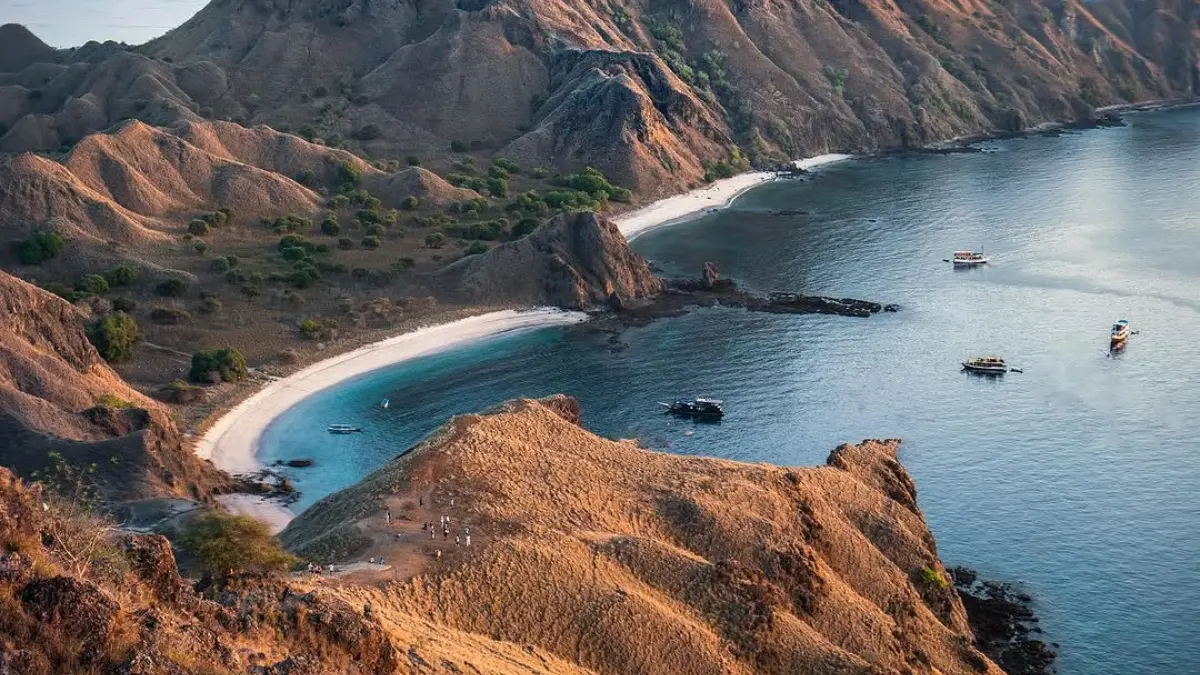
Ancient dragons roam this threatened tropical paradise. Coral reefs face increasing stress from warming waters. The national park struggles with growing tourist numbers. Marine mammals swim through increasingly acidic oceans. Backpackers arrive in greater numbers each season. Local ecosystems adapt to human presence or decline. Protection efforts focus on both land and sea creatures.
The famous dragons compete with expanding human settlements. Coral bleaching threatens underwater communities. Traditional fishing communities witness marine habitat changes. The balance between tourism and conservation grows complex.
Rangers monitor wildlife populations with mounting concern. Unique species face challenges from modern development. Ocean chemistry changes affect entire marine ecosystems. The island’s fame brings both benefits and problems. Future generations might see a very different landscape.
#14. Great Barrier Reef, Australia

Colors fade from this underwater wonderland yearly. Half the coral coverage has vanished in three decades. Fish populations adapt to changing habitat conditions. Tropical storms intensify damage to vulnerable areas. Scientists document unprecedented bleaching events. Tourism operators witness dramatic ecosystem changes.
The reef’s size makes protection efforts challenging. Local communities depend on reef health for survival. Ocean acidification threatens remaining coral structures. Conservation projects race against rising temperatures. Marine life searches for cooler water refuges.
The world’s largest reef system shows serious stress signs. Experts predict critical damage could occur by 2030. Breeding grounds for countless species disappear gradually. Hope remains for protected sections to survive. Each season brings new challenges to this natural wonder.
#15. Glaciers of the European Alps, Switzerland
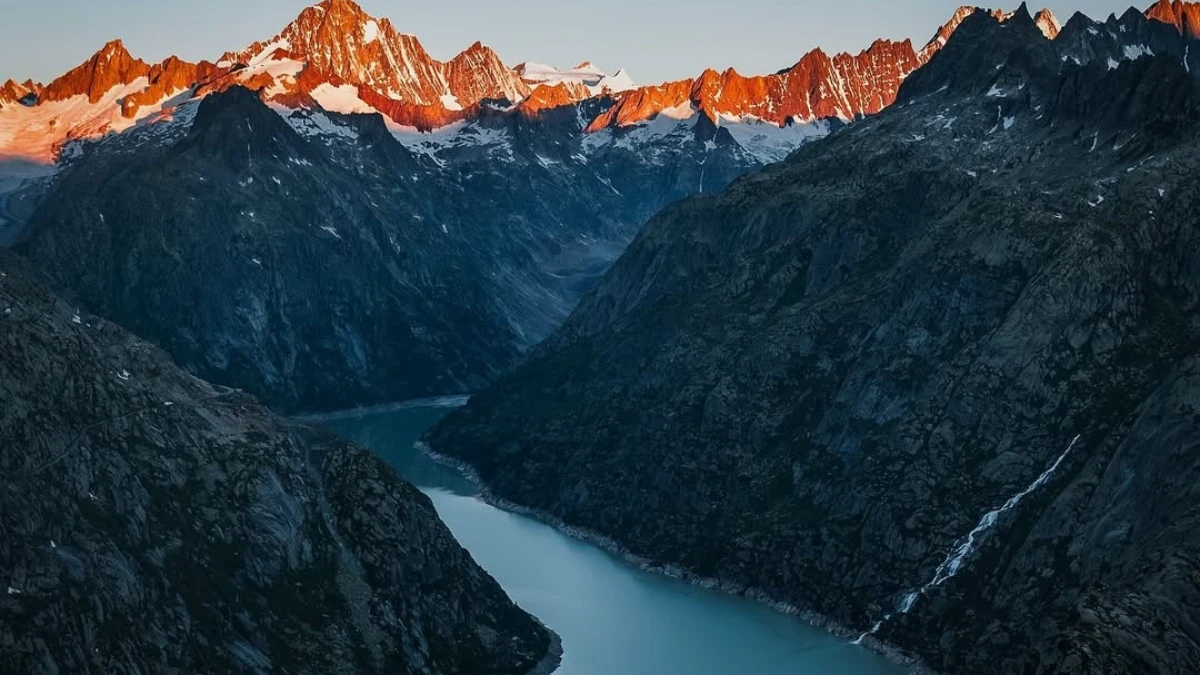
Ancient ice retreats faster each summer season. New lakes form where glaciers once dominated. Local villages watch their landscape transform dramatically. The melting accelerated notably since the 1980s. Mountain communities prepare for increasing avalanche risks.
Crystal clear pools replace centuries-old ice formations. Traditional ski areas move to higher elevations. Scientists monitor the rapid changes with concern. Tourism adapts to shorter winter seasons. The Alps face dramatic transformation in coming decades. Newly formed lakes create both opportunities and dangers. Mountain ecosystems shift as temperatures rise.
Wildlife adjusts to changing seasonal patterns. Conservation efforts focus on preserving remaining ice. Each year brings visible changes to these iconic peaks. The future holds uncertainty for these mountain regions.

